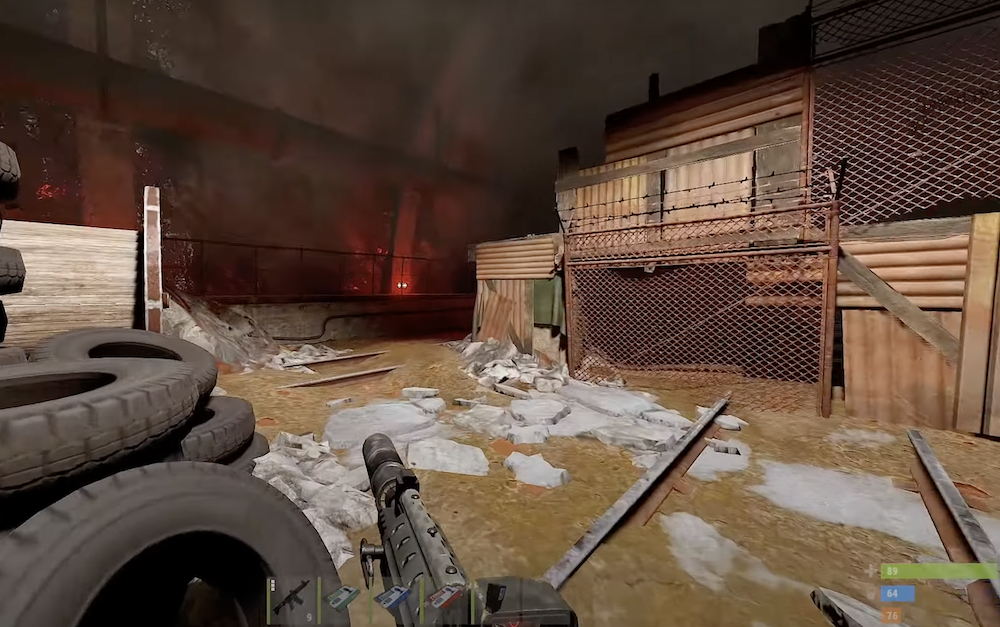How Much Radium Protection For Military Tunnels Should You Have?

If you're planning to build a military tunnel, you might be wondering how much radium protection you should have. In addition to providing a better level of protection, military tunnels offer better loot and access to the recycler. This article will cover various methods, including using a Hazmat suit, a tent, and a rusted foxhole. It also provides useful information on the layout of military tunnels.
Adding layers of sandbags
Adding layers of sandbags to a military tunnel can protect the entire structure from stray fire. These bags should be positioned parallel to the flow of water and filled with a heavy object. Sandbags should be placed in staggered layers, ideally in three. The purpose of this strategy is to direct water away from the foundation. In addition, they can protect the defenders from stray fire by acting as a wall or trap.
Sandbags must be stacked in a wedge configuration, allowing each layer to step back from the previous one. Once they are stacked, the sandbags are then moved to a secure location. They must be stacked to at least 1.5 meters in height. Sandbags are heavy and can easily be damaged by a UXO. The pressure of the explosion can knock them hundreds of metres, so careful placement is crucial.
Using a Hazmat suit
Using a Hazmat suit while exploring a military tunnel requires a little bit of preparation. While the suit does not necessarily offer you any protection from radiation, it does make the process a bit safer. There are four main entrances to the Military Tunnel: the main entrance is an imposing double-rust door at the bottom of a cement ramp. Each of these entrances has unique challenges for the player to overcome.
There are scientists working in the military tunnels who have the ability to protect the entire area. They carry a MP5A4 or SPAS-12 shotgun and have access to rare loot in elite crates. They can also defend themselves with shotguns and grenades. During an engagement, the Military Tunnel Scientist will listen to sound to determine if you are a threat.
In the Military Tunnel, there are doors on the right and left side of the walkway. There is a sentry scientist pathing along the walkway before the doors. Once the line of sight is established, he will engage in gunfire and lob grenades. The player can only enter the tunnel if he or she has the radiation resistance rating of 11 or higher. The radiation in the Military Tunnel is dangerous, but it is important to stay safe.
In the early Afghan War, Navy SEALs encountered a network of caves that had 70 reinforced tunnels. In all, they searched for and destroyed 50 of these. During their search, the SEALs also uncovered a mosque, repair shops, a medical facility, and a communications center. While the armies of today do not have the luxury of searching underground, they are still able to use military tunnels as covert strategies against conventional forces.
Using a tent
A tent for rad protection for military tunnels provides some benefits, including reduced exposure to fallout, initial nuclear radiation, and thermal radiation. Tents also help prevent collapse and provide missile protection. The advantage of a tent over a cave is that it offers excellent thermal radiation protection. It can also protect against blast winds. Here's how it works. Weigh the advantages versus the disadvantages of using a tent.
Using a rusted foxhole
Using a rusted fox hole for RAD protection is one of the best ways to stay safe while exploring the Military Tunnels. In this mode, radiation is an important factor in the game, so you should always wear 11+ radiation resistance gear. You should also always travel in groups, as there are many hostile players in this area. In addition to rusting foxholes, you can also make rusted foxholes in the Military Tunnel monument to ensure your survival.
Besides rusty foxholes, you can also use underground fortifications for rad protection. In general, fortifications built underground provide decent protection from radiation, but they are difficult to dig in extremely cold conditions. However, you can still make use of snow or ice to provide protection from a nuclear attack. Regardless of the type of shelter you use, always make sure to take advantage of natural terrain features to enhance your rad protection.
Using a trench
One option for rad protection in military tunnels is to use a trench. This method is similar to constructing subways. Instead of tunneling through natural environments, the trench is built inside of a deeper tunnel. This way, the trench will protect the person inside against cave-ins. Before constructing a trench, make sure to check the depth of the trench. The depth should be deep enough to protect the individual inside from the natural environments, but shallow enough not to cause trapping.
Digging in an armored vehicle provides limited line-of-sight radiation protection and considerable blast protection. In addition, a hull defilade fighting position significantly reduces gamma radiation. Moreover, sandbags serve as radiation shielding and can be placed on tank turrets or armored vehicles. Additionally, wetting the sandbags will increase their neutron radiation shielding and protect against thermal damage.
